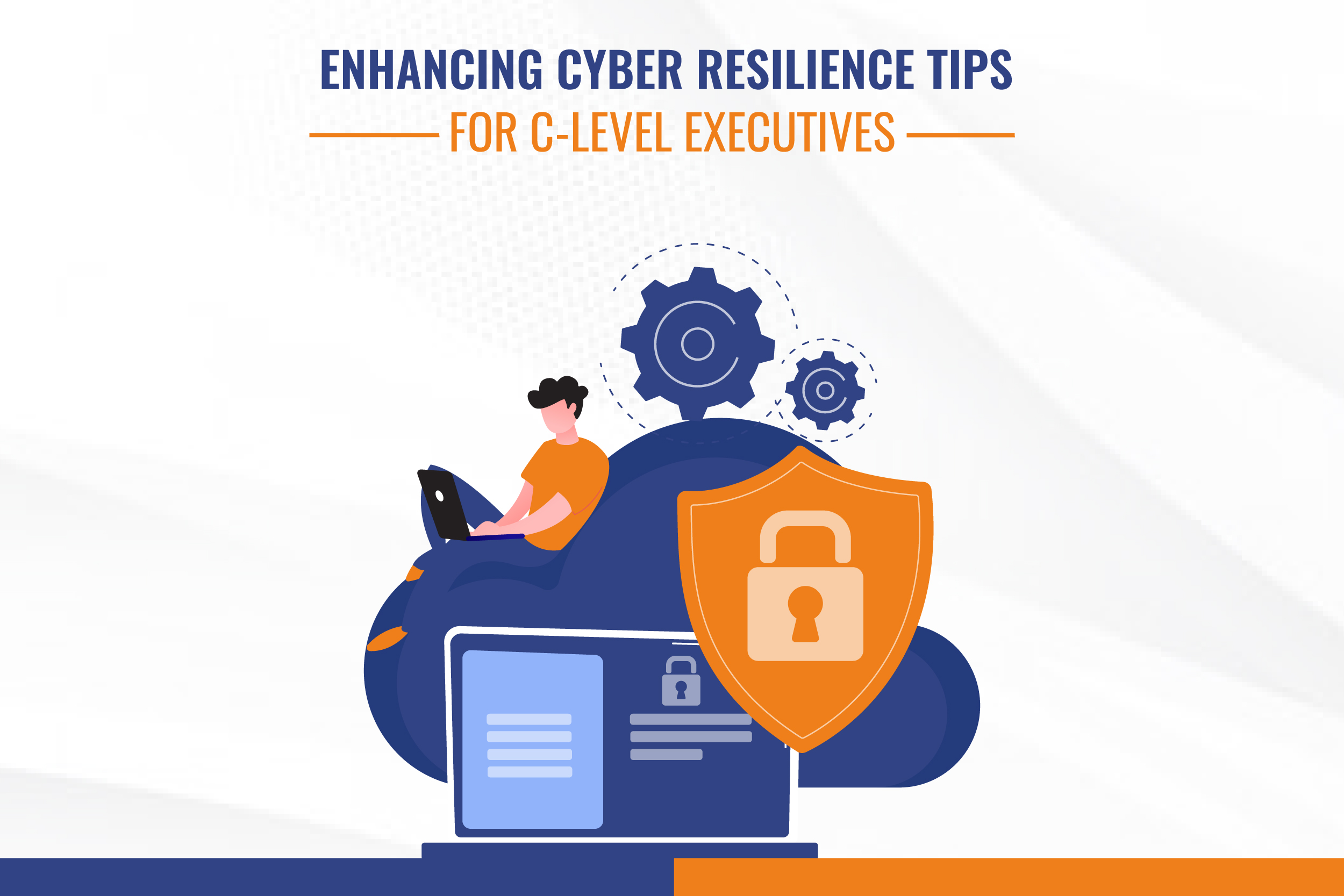
Enhancing Cyber Resilience Tips for C-Level Executives
In today's digital world, the importance of cyber resilience has never been greater. As organizations increasingly rely on digital infrastructure, the threats posed by cyberattacks grow exponentially. For C-level executives, enhancing cyber resilience is not just a technical issue but a strategic imperative.
This article explores practical tips and strategies that C-level executives can implement to bolster their organization's cyber resilience, with a particular focus on the role of technical training courses, technical training programs, and corporate technical training.
Understanding Cyber Resilience
The ability of an organization to anticipate, address, and recover from cyber attacks is known as cyber resilience. Cyber resilience places more emphasis on the ability to carry on with operations even in the face of cyber incidents than traditional cybersecurity, which is primarily concerned with preventing attacks. By combining prevention, detection, response, and recovery, this all-encompassing strategy makes sure that companies can withstand interruptions and recover swiftly.
The Role of C-Level Executives
C-level executives, including CEOs, CIOs, and CISOs, play a critical role in enhancing cyber resilience. Their leadership and strategic vision are essential in fostering a culture of security and resilience within the organization. Here are key areas where C-level executives can make a significant impact:
Establish a Cyber Resilience Strategy
The first step in enhancing cyber resilience is to develop a comprehensive strategy. This involves:
Risk Assessment
To find any weaknesses and dangers, do a thorough risk assessment. An examination of both internal and external dangers ought to be part of this.
Policy Development
Create and enforce robust cybersecurity policies and procedures. These policies should cover data protection, access controls, incident response, and disaster recovery.
Resource Allocation
Allocate sufficient resources, including budget and personnel, to cybersecurity initiatives. This may involve investing in advanced security technologies and hiring skilled cybersecurity professionals.
Foster a Culture of Cybersecurity
Building a culture of cybersecurity is crucial for enhancing resilience. C-level executives should lead by example and promote a security-first mindset across the organization. This can be achieved through:
Awareness Programs
Implement regular cybersecurity awareness programs to educate employees about the latest threats and best practices. These programs should be engaging and tailored to different roles within the organization.
Incentives
Introduce incentives for employees who demonstrate strong cybersecurity practices. Recognizing and rewarding good behavior can motivate others to follow suit.
Communication
Maintain open lines of communication about cybersecurity policies, incidents, and updates.
Invest in Technical Training Courses
By constant learning and improvement, cyber resilience can be improved in the most efficient methods possible. Technical training courses give staff members the abilities and information required to protect against online attacks.
Customized Training
Provide training courses that are customized to meet the unique requirements of the company. This guarantees that workers learn pertinent and useful information.
Certification Programs
Encourage employees to pursue industry-recognized certifications, such as Certified Information Systems Security Professional (CISSP) or Certified Ethical Hacker (CEH).
Ongoing Education
Cyber threats are constantly evolving, so it is essential to provide ongoing education and training. Regularly update training materials to reflect the latest trends and technologies.
Implement Comprehensive Technical Training Programs
Technical training programs offer an organized and methodical approach to skill development that goes beyond individual courses. These courses ought to address a variety of subjects, like:
Threat Intelligence
Training on how to gather, analyze, and respond to threat intelligence. Understanding the threat landscape is crucial for proactive defense.
Incident Response
Developing skills for effective incident response, including identifying, containing, and mitigating cyber incidents. This also involves learning how to conduct post-incident analysis to prevent future occurrences.
Advanced Security Technologies
Introducing staff to the newest security innovations, including blockchain, machine learning, and artificial intelligence (AI). These innovations can improve threat detection and reaction times.
Leverage Corporate Technical Training
Corporate technical training programs are essential for building a resilient workforce. These programs should be designed to address the unique challenges and requirements of the organization. Key components include:
Role-Based Training
Customize training programs based on the roles and responsibilities of employees. For example, IT staff may require in-depth technical transformation training, while executives may need training on strategic aspects of cybersecurity.
Simulation Exercises
Conduct regular simulation exercises, such as phishing simulations and penetration testing. These exercises help employees practice their skills in a controlled environment and identify areas for improvement.
Collaborative Learning
Encourage collaborative learning through workshops, seminars, and cross-functional training sessions. Sharing knowledge and experiences can enhance overall cybersecurity awareness and expertise.
Collaborate with External Partners
Collaboration with external partners can significantly enhance an organization's cyber resilience. C-level executives should:
Engage with Industry Groups
Participate in industry groups and forums to share knowledge and best practices. These groups often provide valuable insights into emerging threats and mitigation strategies.
Work with Security Vendors
Partner with reputable security vendors to access cutting-edge technologies and expertise. These vendors can provide managed security services, threat intelligence, and incident response support.
Regulatory Compliance
Ensure compliance with relevant regulations and standards, such as the General Data Protection Regulation (GDPR) or the Health Insurance Portability and Accountability Act (HIPAA). Compliance not only enhances security but also builds trust with customers and stakeholders.
Final Thoughts
Enhancing cyber resilience is a multifaceted challenge that requires strategic vision, continuous learning, and proactive measures. C-level executives play a pivotal role in driving their organization's cyber resilience initiatives.
By establishing a comprehensive strategy, fostering a culture of cybersecurity, investing in technical training courses and programs, and leveraging advanced technologies, executives can significantly strengthen their organization's ability to withstand and recover from cyber threats.
